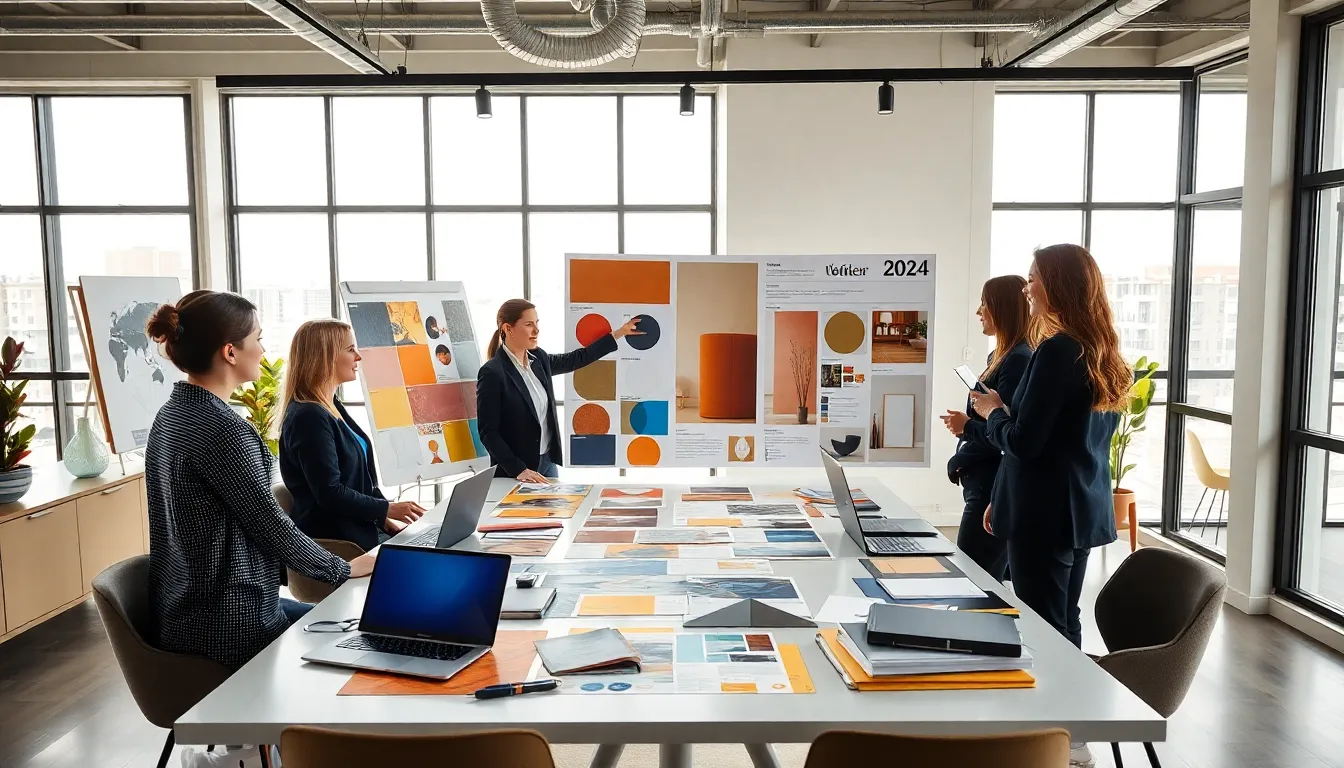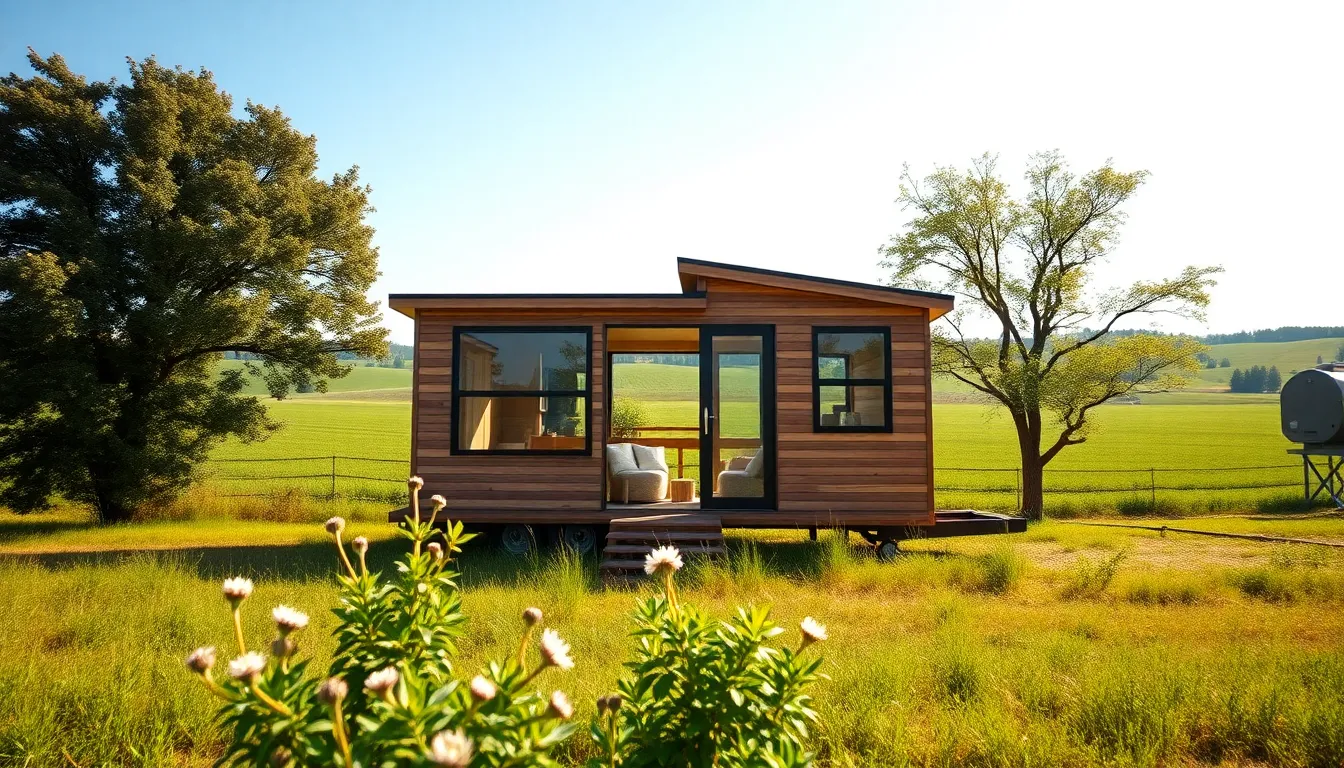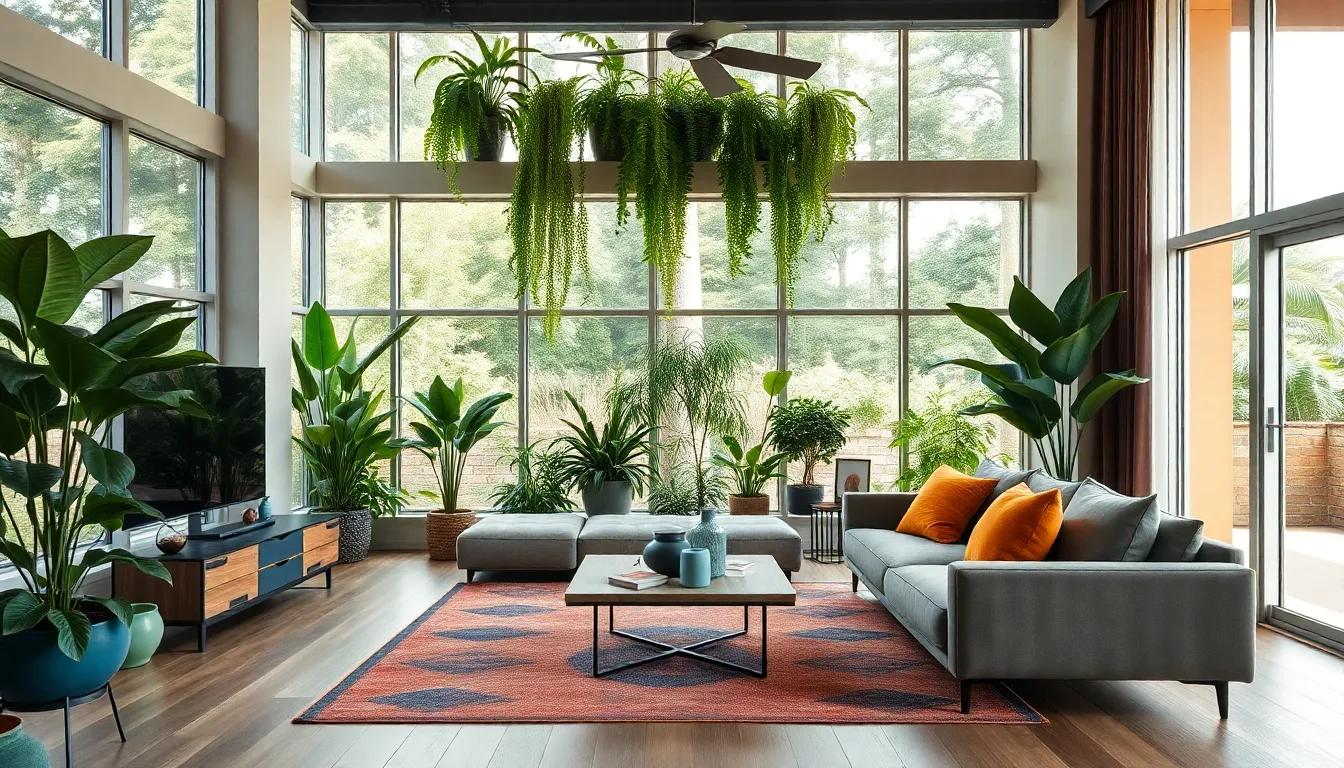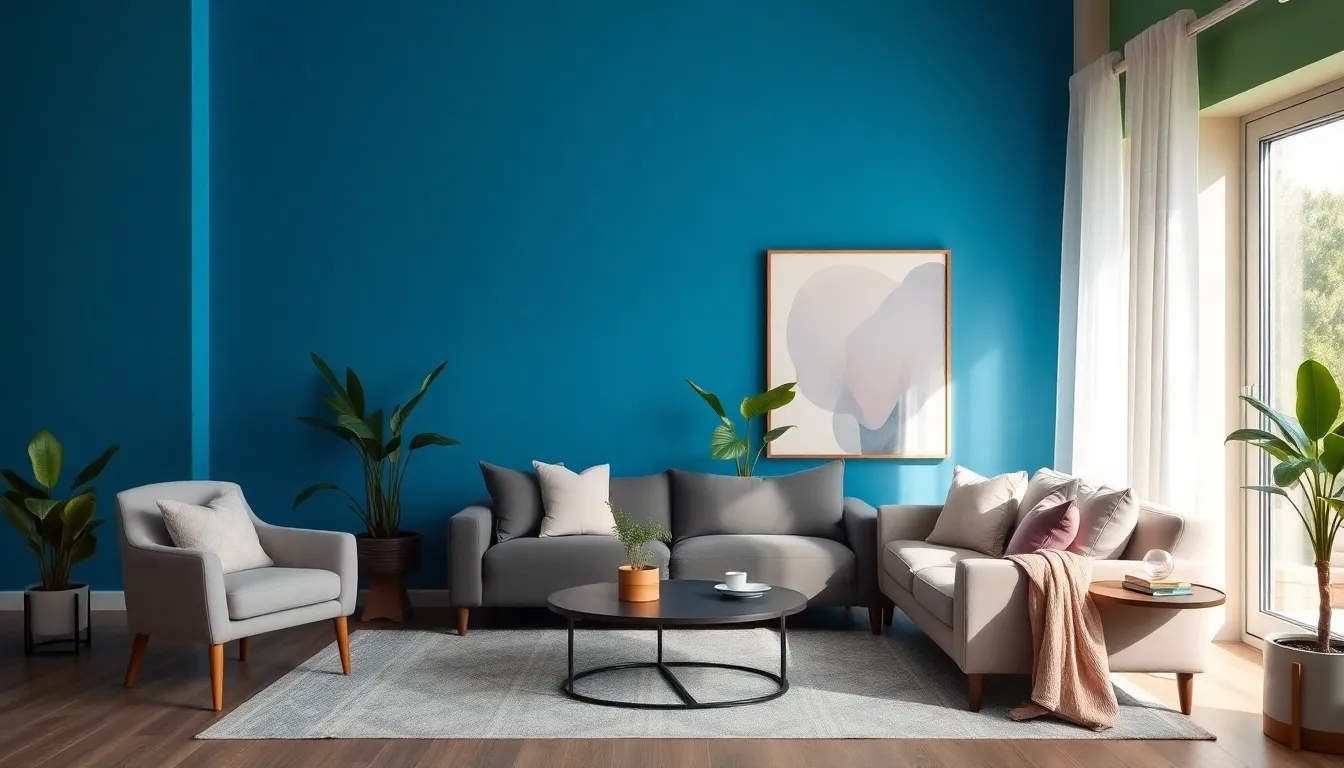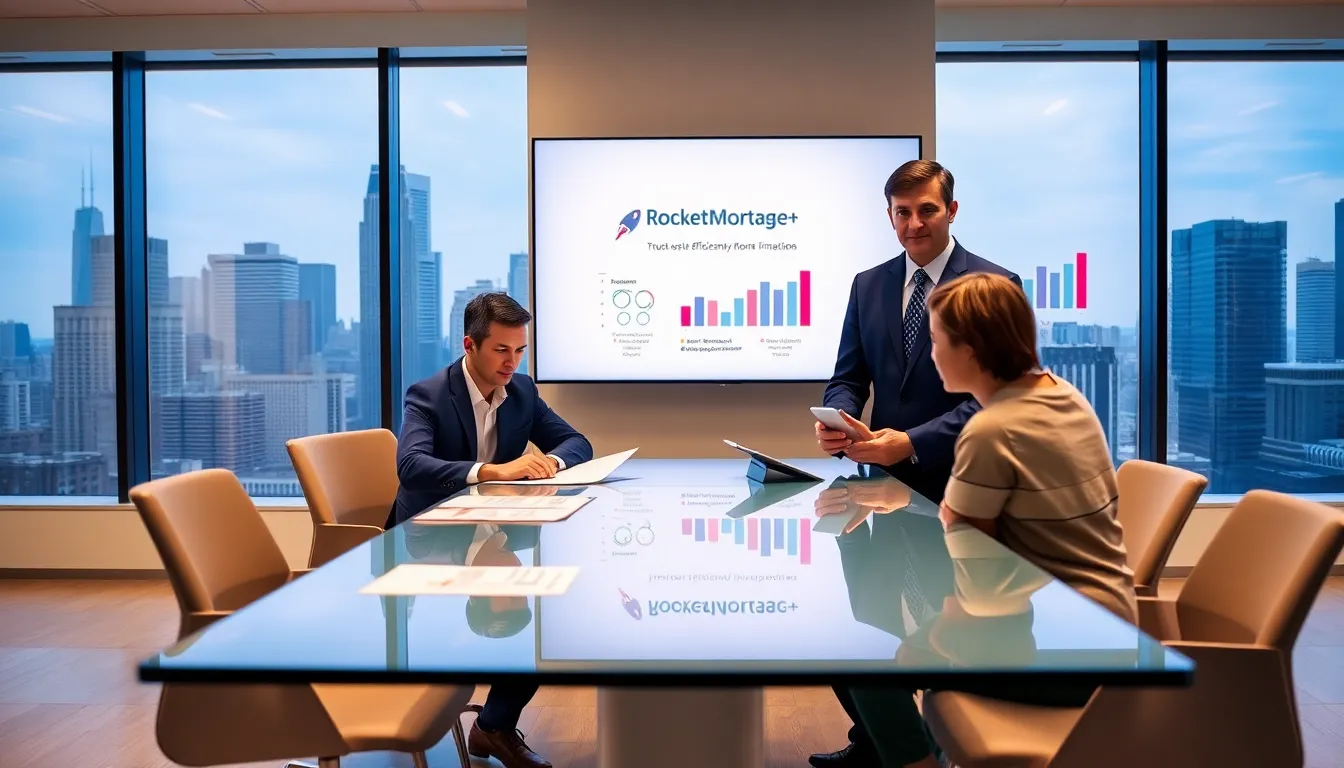As we march boldly into 2024, the interior design landscape is set to undergo some fascinating transformations. It’s not just about picking colors and furniture anymore: it’s about forecasting trends that can elevate spaces from drab to fab. You might even say it’s a race between creativity and comprehension. Let’s jump into what’s shaping the future, and why keeping an eye on these interior design trends is essential, unless you enjoy living in a time capsule, of course.
Table of Contents
ToggleThe Importance of Trend Forecasting in Interior Design

Trend forecasting in interior design isn’t just a fancy buzzword: it’s a vital practice that keeps designers ahead of the curve. Understanding trends allows for creating spaces that resonate emotionally and aesthetically with their occupants. It’s like fishing in a vast ocean of styles, patterns, and colors, knowing when and where to cast your line can lead to catching the big one.
That’s why interior designers invest significant time and effort into trend analysis. They scour global market research, attend design fairs, and analyze social media patterns. All this data leads to informed decisions that cater to what people actually want. After all, what use is a trend if it doesn’t appeal to your target audience? So, whether it’s a bold statement piece or subtle shades, predicting trends ensures that designers remain relevant and appealing in an ever-evolving industry.
Key Factors Influencing 2024 Design Trends
To paint a clearer picture of what’s coming in 2024, it’s essential to explore key factors influencing design trends. The world is constantly in flux, and what’s trending now may not be tomorrow.
Emerging Color Palettes for 2024
Color has a unique ability to evoke emotion and set the tone of a space. According to recent forecasts, expect 2024 to embrace warm and earthy tones, with shades like terracotta and olive green stealing the spotlight. These palettes create nurturing environments that invite relaxation and comfort, perfect for cozy home settings.
On the flip side, pops of bright colors such as vibrant blues and sunny yellows will also make appearances, striking the right balance between calming and invigorating. 2024 is all about blending muted tones with surprising hues for a dynamic effect that keeps spaces exciting.
Materials and Textures Shaping Interiors
When it comes to increasing tactile experiences within a home, materials will play a pivotal role. Natural materials will dominate, moving away from synthetic alternatives. Innovations in eco-friendly textiles will become more prevalent, transforming how people approach design.
Expect to see the rise of sustainable wood, upcycled metals, and organic fabrics. The textures will range from soft and inviting in seating areas to sleek and polished in kitchen spaces. It’s an adventurous mix that caters to not only personal style but also environmental consciousness.
Innovative Design Styles to Watch
Change is in the air, and 2024 brings with it an array of innovative design styles that promise to challenge the status quo.
Sustainable Practices and Eco-Friendly Designs
Sustainability isn’t just a trend: it’s an ongoing movement. In 2024, designers will prioritize eco-friendly practices more than ever before. Expect homes that not only look good but feel good, built with sustainability in mind.
From reclaimed materials to energy-efficient appliances, green design is set to become a hallmark of modern interiors. Designers will also be focusing on wellness through biophilic design, intermingling nature with interior spaces. Picture lush indoor plants, vibrant gardens, and natural light blending seamlessly into human-centric spaces.
The Impact of Technology on Interior Design
Ah, technology: it’s both a blessing and a challenge in the world of interior design. Smart home systems will take center stage in 2024, integrating convenience with sleek aesthetics. Imagine controlling lighting, temperature, and even your coffee maker, all from an app on your phone.
But, balancing tech with design can be tricky. Minimalist styles will be vital, ensuring that technology remains functional without dominating the aesthetic of a space. This fusion will allow designers to create interiors that are both stylish and efficient, catering to modern needs.

